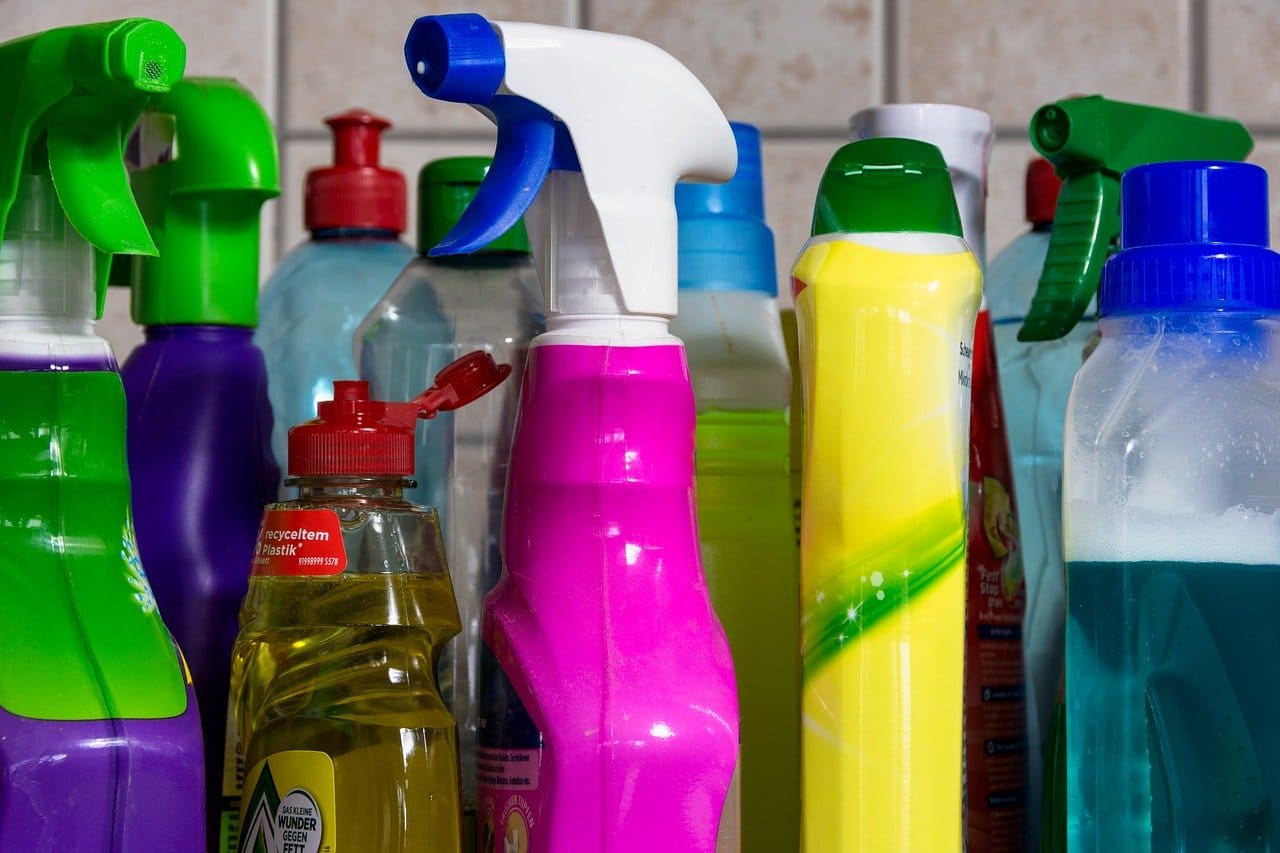Consumers today are asking more questions than ever about where their products come from—and what’s in them. Reflecting this same interest in transparency, regulatory bodies in the United States have been revisiting the statutes and laws surrounding potentially hazardous substances.
One example of this was last year’s introduction of Assembly Bill 495, better known as the Toxic Free Cosmetics Act of California. While the bill didn’t pass, it set out to ban over a dozen toxic chemicals from cosmetics ingredients and was the beginning of additional regulatory efforts in California aimed at tightening up the chemicals used in cosmetics.
Shortly after AB 495 was introduced in 2019, California Governor Gavin Newsom signed another Assembly Bill, AB 647, into law that requires cosmetics and disinfectant importers and manufacturers to post applicable safety data sheets (SDSs) online in multiple languages.
If you’re a manufacturer or importer of any cosmetic products or products used as disinfectants, listen up. This bill recently went into effect on July 1 and means some changes are coming your way.
Assembly Bill 647
Assembly Bill 647 states that beginning last month on July 1, 2020, SDSs for any “hazardous substance or mixture of hazardous substances that constitutes a cosmetic” or is considered a disinfectant by definition are required to be posted and maintained on the company’s public website by its brand name (or other commonly known name).
It also states that these companies must translate these online SDSs into English, Spanish, Chinese, Vietnamese, and Korean. Should California’s Director of Industrial Relations determine that there are other languages common to the beauty industry, these SDSs would need to be translated into those languages as well.
What This Means For Manufacturers and Importers
While SDSs have always been a requirement for any U.S. company that purchases, sells, or uses chemical-based products, posting them online and translating them is brand new.
To determine whether you fall under the umbrella of a manufacturer or importer of these products, review the definitions of both cosmetics and disinfectants from the California Health and Safety Code:
Cosmetics, as defined in Section 109900, are any articles or components intended to be rubbed, sprinkled, poured, or sprayed on, introduced into, or otherwise applied to any part of the human body for the purposes of cleansing, beautifying, altering the appearance, or promoting attractiveness. It does not include soap.
Disinfectants, as defined by the California Code of Regulations, are products registered by the U.S. EPA that has demonstrated bactericidal, virucidal, and fungicidal activity. They must include a manufacturer label indicating EPA registration and must be accessible in liquid form for non-electrical tools or spray/wipe form to disinfect electrical tools and shears.
What do these new laws mean for cosmetics manufacturers and importers?
The short version: If your company produces or imports substances (or mixtures of substances) that meet the above definitions and contain listed hazardous substances, you need to create additional translated SDSs. If you offer different tinted versions of the same product, each one will need its own SDS.
Since English is the only language that OSHA requires SDSs in, this means extra work for California manufacturers.
Easy, Accurate SDS Solutions
The good news? GSM’s SDS authoring and translation software, TotalSDS, lets you create and publish and translate a compliant safety data sheet rapidly without the need for chemical or technical expertise. Our user-friendly software was designed with companies just like you to save you time and money while ensuring total compliance with both existing and new laws.
Get in touch with GSM’s team of compliance experts and learn more about how TotalSDS can help you follow new guidelines from AB 647 and more.


